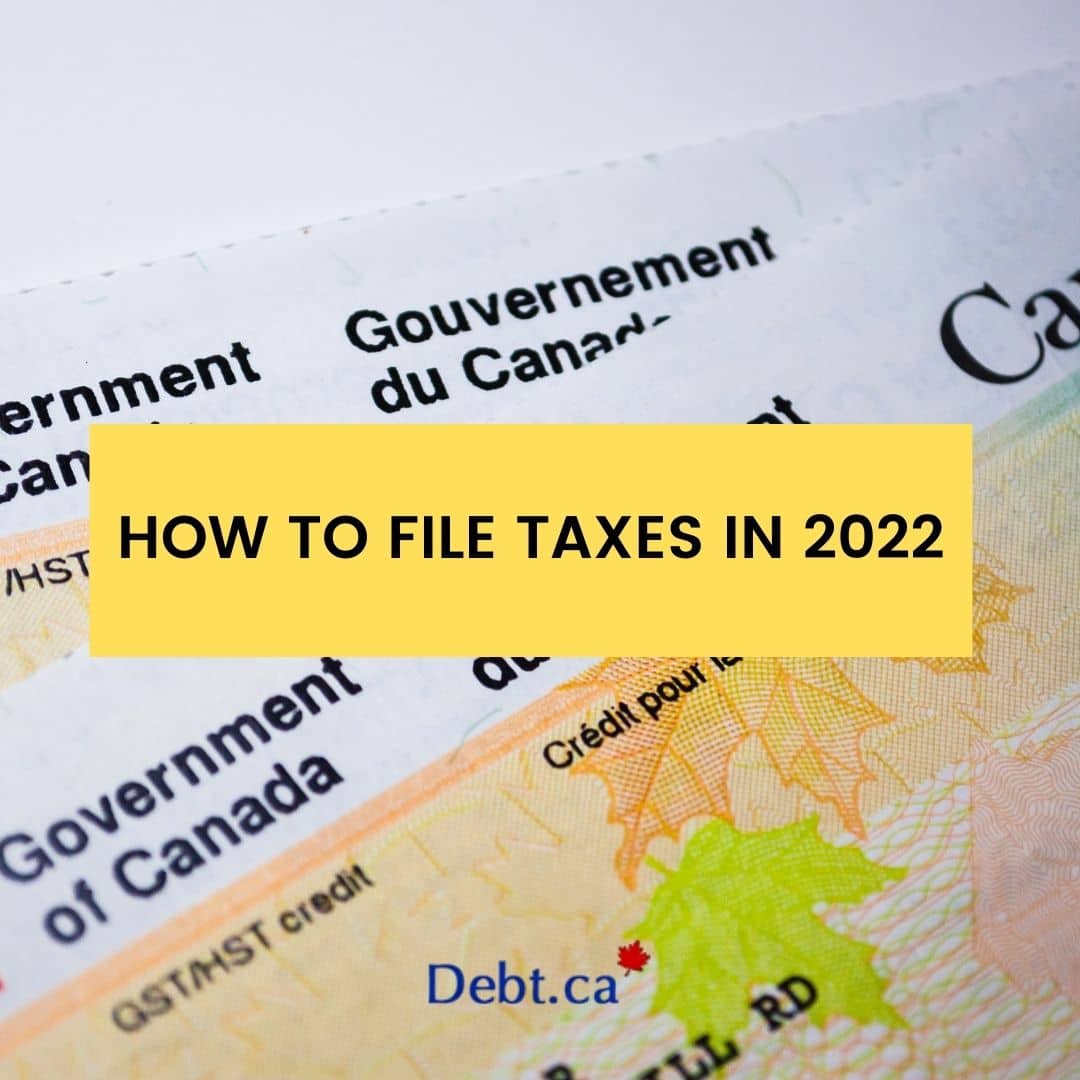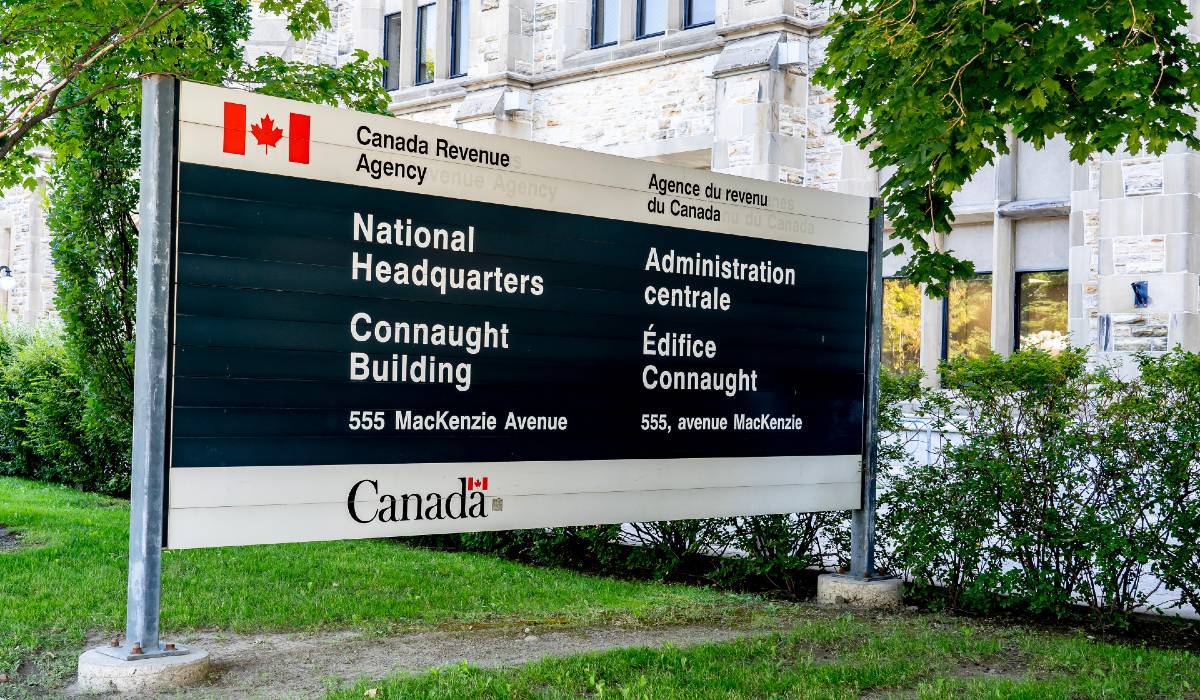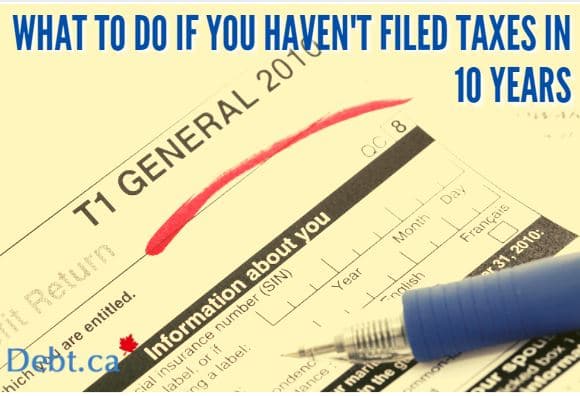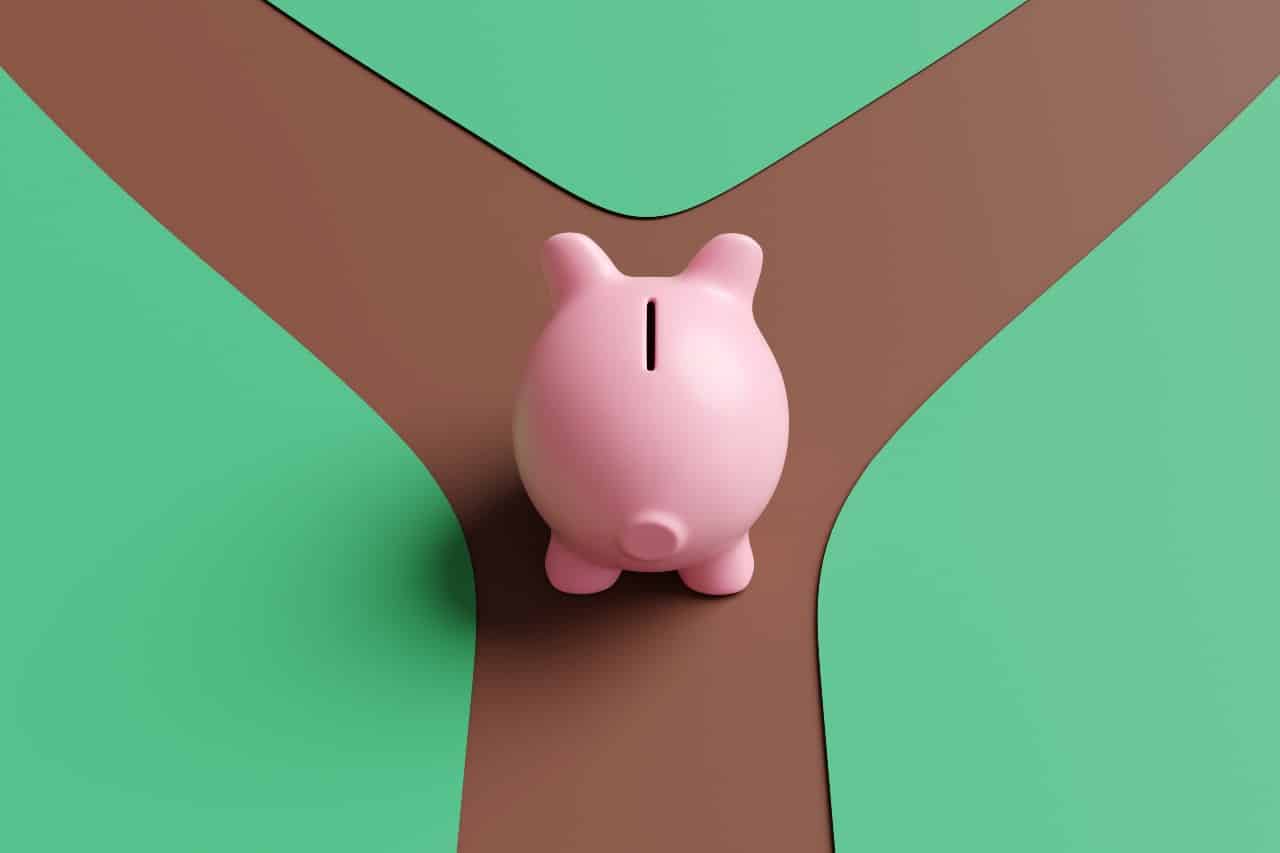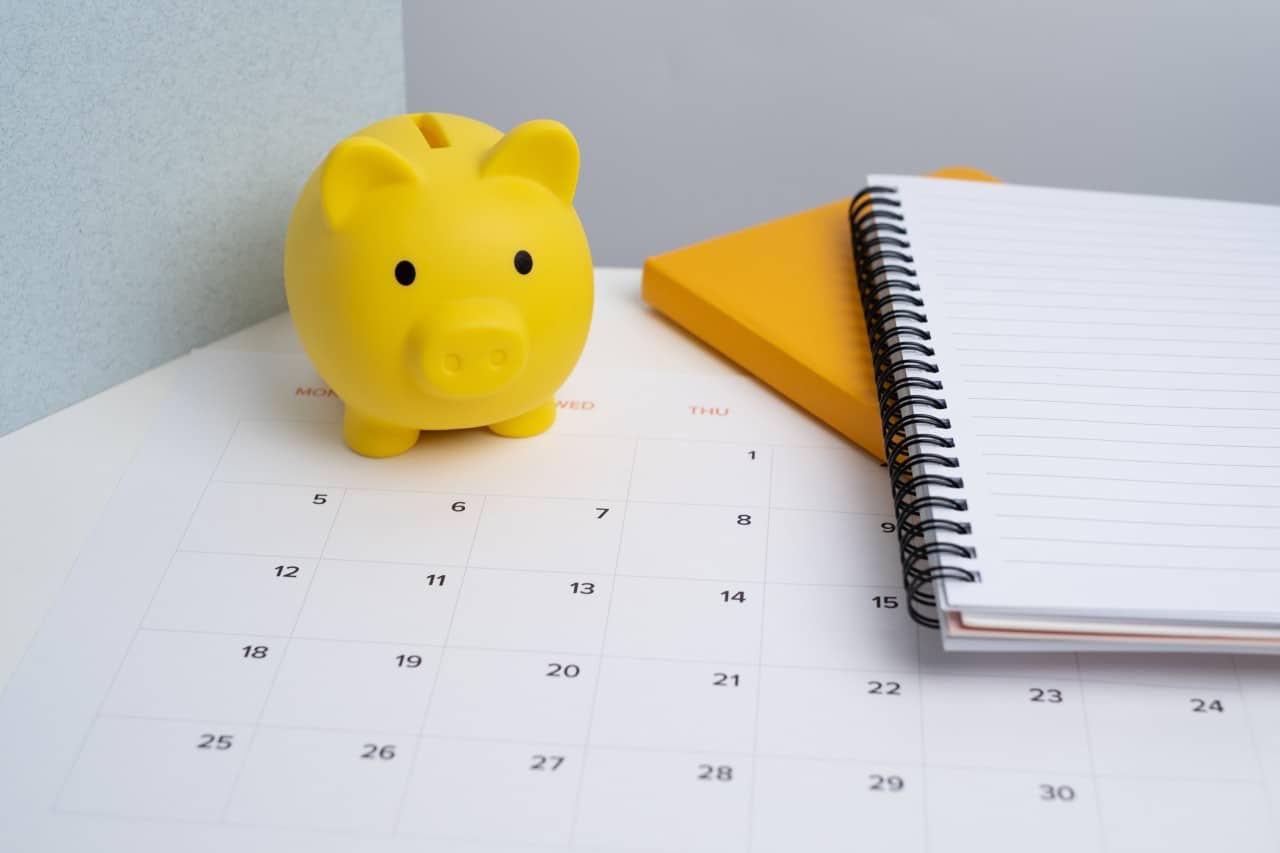Learning how to file taxes can seem complex, but it’s not as difficult as you may think. With questions about when taxes are due, how much to pay, or if you need to file taxes, there’s a lot to remember and do. Read on for helpful tips on how to file taxes in 2022.
When Are Taxes Due?
The question of when your taxes are due is a bigger question than just a single tax season. Your filing date may vary slightly depending on your circumstances. The income tax year for Canada is from January 1 to December 31.
However, if you owe income tax, you must prepare and file your income tax for the previous calendar year by April 30 of the current tax year. For example, for your 2020 taxes, income tax is due on April 30, 2021. However, if you or your spouse are self-employed, the deadline is June 15.
How to Pay Owed Balance
An exception to a later filing date for the self-employed is if you have a balance. Having a balance does not give flexible due dates. Those who have a balance owed to the CRA must, just like everyone who owes a balance, pay the balance by April 30.
If you pay the balance by mail, your payment must be postmarked on or before April 30. If you owe taxes but don’t have enough money, you should still file on time for the tax year. You can create a payment plan with the CRA.
Ways to Do Your Taxes
When you file an individual tax return, there are many ways to file. Choosing the one that’s right for you depends on your circumstances. Your choices are the free file choice of certified tax software (electronic filing), authorization of a family member, friend, or an accountant to complete your taxes, a community volunteer tax clinic, a tax preparer, or a paper tax return.
What Filing Status Should I Choose?

Filing status and tax rates depend on your relationship status. If you are a single filer, you are a widow, have never married, or have obtained a divorce. Married status is either married or in a common-law marriage.
What Tax Bracket Am I in?
The tax bracket you are in depends on how much money you make. For example, the starting rate is fifteen percent taxed on the first $49,020 of taxable income, plus 20.5% on the next $49,020 up to $98,040. The rate goes up from there depending on income. Your salary or gross income determines your adjusted gross income, the income that is taxed.
What Are My Tax Credits?
A tax credit is a federal, territorial, or provincial incentive to reduce the tax you owe. There aren’t limits to the tax credits you can receive, but you must qualify for the credits. Tax credits are refundable or non-refundable.
Refundable credits are given no matter what amount of tax you owe. As an example, if you do not owe tax, you can still get a credit. The child care credit or a disability tax credit are examples. A non-refundable credit can help you cancel out some of your tax burden, such as the GST/HST tax credit.
What Are My Tax Exemptions?
Exemptions vary from province to province or for specific groups of people. One is the First Nations status exemption. Another example is a reseller exemption.
What Tax Deductions Can I Claim?
They are many reasons you can claim deductions. One reason for deductions is your age, where you can claim deductions if you are over the age of 65. Those who are considering retirement planning should remember this deduction.
Other tax-deductible items are donations, first-time home buyers, medical expenses, union dues, and student loan interest. Childcare for babysitters, childcare at a childcare center, daycare, preschools, or nannies is tax-deductible. Tuition for schools and care for children with disabilities are two other deductions.
How to Make Changes to Your Tax Return
There are three ways to change your tax return after you file a tax return. The first option is My Account at www.cra.gc.ca/myaccount, using the change my return option.
The second is sending a completed Form T1-ADJ, T1 Adjustment Request to your tax centre. Last, you can send a signed letter to your tax centre and request an adjustment. This is the same for deductions.
Tax Filing FAQ – How to File Taxes
- What To Do If You Have Not Received Your T4
Every employer should give you a T4 slip if you worked for them in the last tax year. Sometimes, you can have multiple employers and multiple T4s to submit for your federal income tax. However, your address and contact information may have changed, and you don’t have a T4.
The Canada Revenue Agency (CRA) has a My Account online portal to help you access processed T4 slips. With the portal, you can check balances and forward unused credits from the year before.
- How Much Do I Have to Make to File Taxes?
If you earn less than the basic personal credit of $12,000, you don’t have to file a return. Some exceptions do apply, of course. For Canadian taxes, the circumstances when paying your taxes is another factor. For example, a self-employed person must pay their Canada Pension Plan (CPP) and Employment Insurance (EI) premiums and file taxes.
- How Should I Pay My Taxes?
The CRA allows several ways to pay your taxes besides a cheque. The easiest way is to pay your taxes online. You can pay with a credit or debit card, PayPal, or Interac e-Transfer. Another way is to pay by pre-authorized debit from your bank account.
If you aren’t comfortable with pre-authorized debit, you can still use your bank account for payments. Other choices are the My Payment. This is an electronic service that lets you make payments to the CRA with your bank access card. Filing with online options means you can receive your refund faster, especially if you use direct deposit.
- How Do I Get Help with a Tax Audit?
You can get help from tax experts who understand the audit process. Look for a chartered professional accountant.
- What if I Need to File an Amended Tax Return?
The CRA has a Voluntary Disclosures Program if you failed to file or forgot to report income or other information in a previous tax year. The VDP allows you to document unreported income or mistakes on a return from a previous year.
There is no limit on the VDP on how far back you can go to remedy reporting of income or mistakes. Complete form RC199 and submit it to the CRA. The unreported tax is owed immediately, and you have to pay interest on the tax balances. However, the CRA will not give you penalties.
Your 2022 Taxes
The CRA offers three federal benefits of basic personal amount (BPA) tax credit, minimum taxable amount, and age amount tax credit. For 2022, the CRA will increase the BPA by $590 to $14,398. The minimum federal tax rate of 15% won’t apply.
If your 2022 taxable income is less than $155,625, this will save you $2,160. The minimum taxable amount has also increased by $1,177 to $50,197.
If your taxable amount falls below this, a 15% tax rate applies. Last, if you are above 65 years of age, you have an age amount tax credit. The age amount tax credit for 2022 has increased to $7,898. This will reduce your tax bill by $1,185.
How Would COVID-19 Benefits Impact Your Taxes?
Unsure of how to file taxes when you’ve had issues with Covid-19? The Government of Canada has announced expanded eligibility for the Canada Worker Lockdown Benefit (CWLB). Canadians in areas affected by lockdowns or stipulated capacity limitations can apply.
Canadians in Alberta, British Columbia, Manitoba, New Brunswick, Newfoundland, Nunavut, Nova Scotia, Ontario, Prince Edward Island, and Quebec qualify. Another benefit is the home office benefit. Due to the COVID-19 pandemic, those who work at home can claim up to a maximum of $500 to calculate their home office expenses.
After You File Taxes
After you file your taxes, you will receive a notice of assessment. A notice of assessment is a receipt and status information to show the CRA received and reviewed your tax return. The notice of assessment is a tax return summary and shows changes the CRA may have made to your return.
Need help with your personal finances? Give us a call today.
